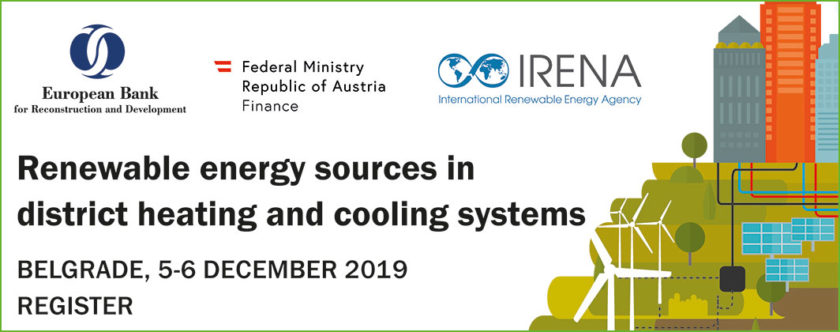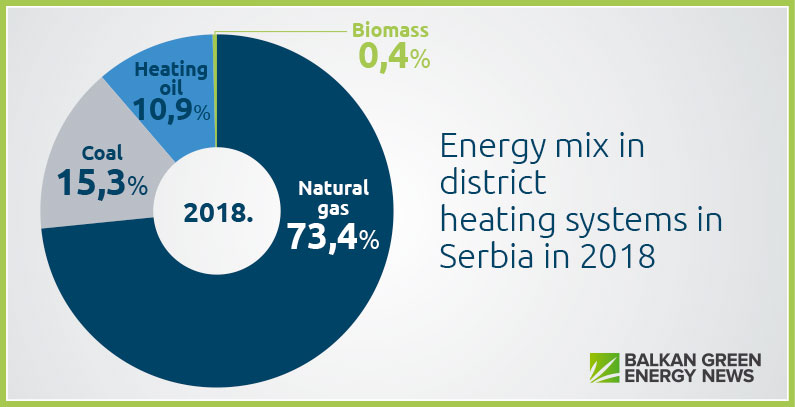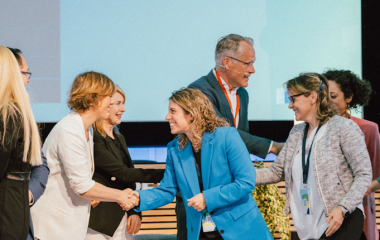
Belgrade will be the capital of district energy on December 5-6, as the regional conference will bring together leading experts from the region, Europe and the world to present the latest solutions in district heating and cooling systems.
Dejan Stojanović, director of the Serbian Association of District Heating Plants, has invited colleagues to come to the conference Renewable Energy Sources in District Heating and Cooling Systems.
The conference (Agenda) will be held in Belgrade on December 5-6 as part of the 50th International KGH Congress and Exhibition, and it is organized by the European Bank for Reconstruction and Development (EBRD) and the Federal Ministry of Finance of Austria in partnership with the International Renewable Energy Agency (IRENA).
Stojanović said that Serbia has 60 district heating operators. For heating, the units predominantly use fossil fuels – natural gas, heating oil, and coal.

“Given that district heating systems in Serbia emit 1.73 million tonnes of CO2, 6,035 kilogrammes of SO2, 500 tonnes of PM and ten tonnes of NOx, we have to think how to boost the share of renewable sources in an economically justified and cost-effective way,” Stojanović said and underscored the necessity of a planned adjustment of district heating systems to climate obligations for their long-term sustainability.
The aim of the conference is to present ideas and activities to increase the use of renewable energy sources, like in the heating plants in Bor, Valjevo and Šabac, said Stojanovic, also one of the speakers at the conference.
He invited colleagues from district heating operators to visit the conference and get acquainted with the latest developments in this field, which will help them to successfully conceive the development of their energy systems in the future.
The conference will present examples of good practice in the application of renewable sources in district heating systems in EU countries and the region as well as the results of studies for several cities in Serbia. The participants will have the opportunity to learn about technical challenges in implementing these projects.
District energy as a way of increasing share of renewables in heating and cooling
Sonja Maličević, technical coordinator for district energy in Eastern Europe and Asia-Pacific in the United Nations Environment Programme (UNEP), told Balkan Green Energy News that bdistrict energy is one of the most compelling ways to lift the share of renewables in heating and cooling.
“The economies of scale offered by district energy systems can advance heating and cooling on RES like biomass, waste heat, solar thermal  and other renewable heating and cooling. The aggregate need for heat and/or cooling for various customers can provide the appropriate scale and optimize the use of renewables which aren’t viable on an individual level,” she said.
and other renewable heating and cooling. The aggregate need for heat and/or cooling for various customers can provide the appropriate scale and optimize the use of renewables which aren’t viable on an individual level,” she said.
The District Energy in Cities Initiative is active in 14 countries
For the past 5 years, UN Environment has been upgrading its work through the District Energy in Cities Initiative.
“Currently, we are active in 14 countries, including Serbia, where we promote modern district energy, unlocking the potential of energy efficiency and renewable energy sources,” she added.


















Be the first one to comment on this article.